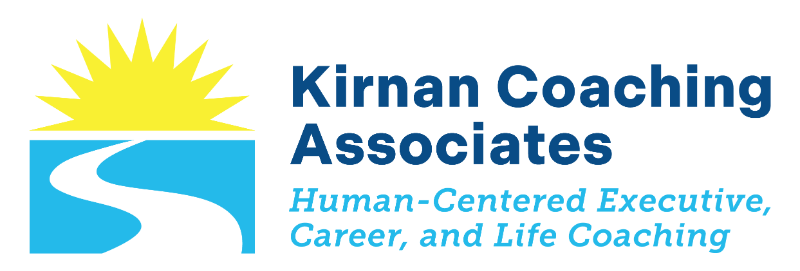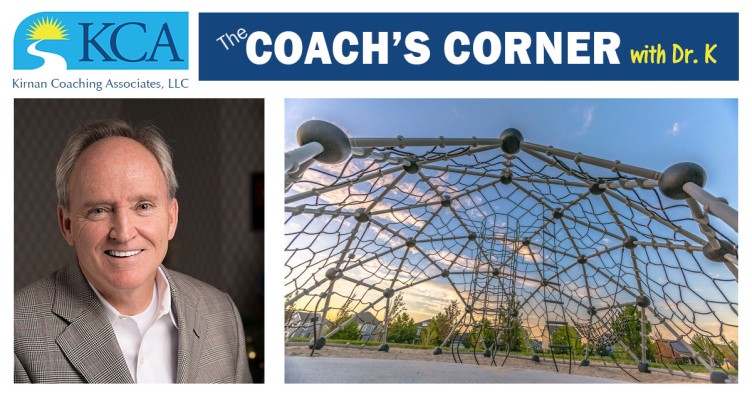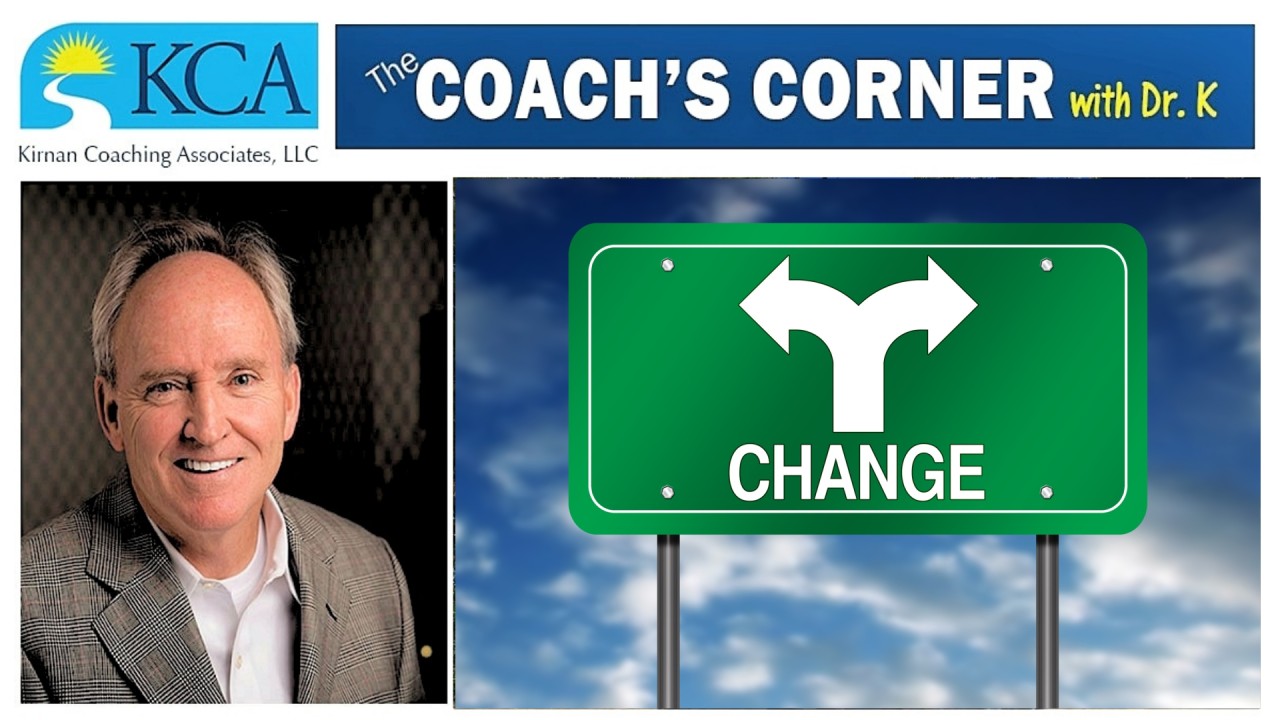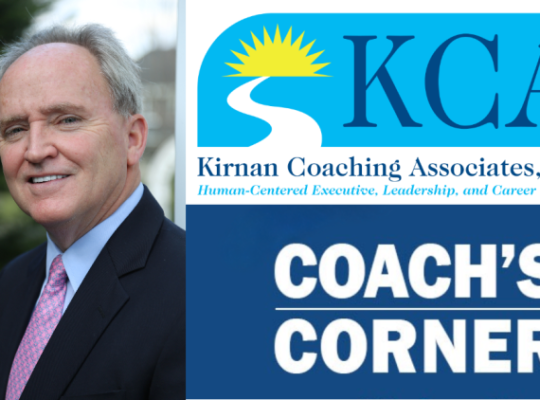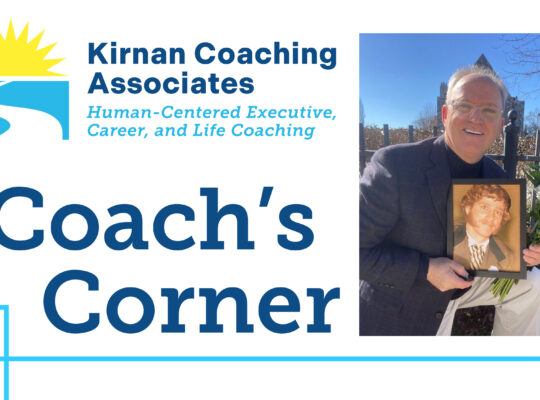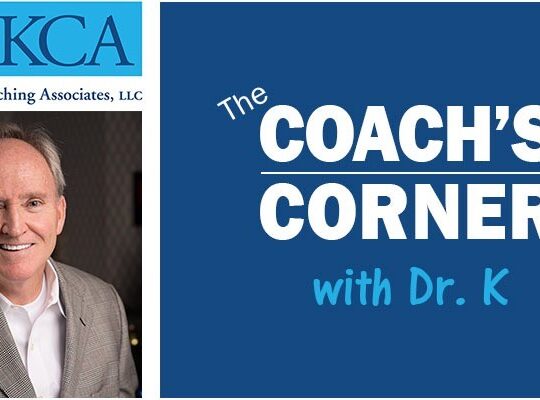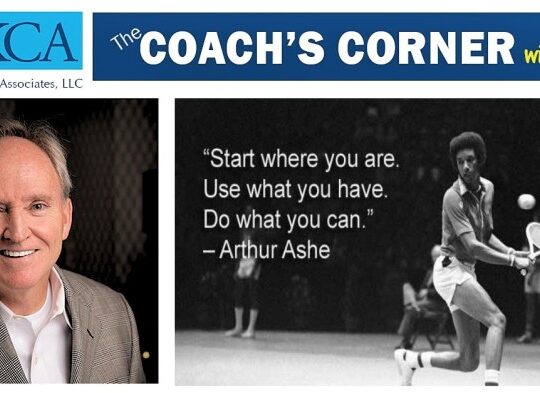Labor Markets Remain Tight Intensifying the War for Talent
“It was the best of times, it was the worst of times, it was the age of wisdom, it was the age of foolishness, it was the epoch of belief, it was the epoch of incredulity, it was the season of Light, it was the season of Darkness, it was the spring of hope, it was the winter of despair, we had everything before us, we had nothing before us.”
An excerpt from A Tale of Two Cities (1859), Charles Dickens
The quotation above from the Charles Dicken’s classic in many ways reminds me of some of the powerful crosscurrents evident in the current US Labor Market. At one extreme are ample signs of labor market tightness, including an unemployment rate of 3.7% that continues to hover at 50-year lows and an all-time record high of 112 consecutive months of job growth. Wage gains continue to accelerate, reaching an annual rate of 3.2% in January, a trend that has prompted more people who had been on the sidelines in recent years to re-enter the labor market and compete for open positions. Indeed, the market continues to draw strength from the continuing imbalance between the number of job openings versus the number of people who are actively looking for work. As a result, companies are engaged in a War for Talent and focused more than ever on reducing employee turnover, increasing employee engagement, and improving the ROI metrics of their recruitment and retention practices. Many companies have begun to invest in major reskilling and upskilling programs for their current employees to also align with a broader strategic vision of becoming an employer of choice and a place where work and life can become more integrated (e.g., see Fortune Magazine’s 100 Best Companies to Work For; Glassdoor’s Best Places to Work, and Working Mother’s 100 Best Companies).
Will Digital Transformation Reduce the Demand for Labor?
While current labor markets remain tight, powerful forces are converging in this age of digital transformation including the broader deployment of robots, major advances in artificial intelligence (AI), machine and deep learning, autonomous driving vehicles, facial recognition technologies, drones, and mobile sensors that are propelling an emerging network called the Internet of Things (IOT). Software and sophisticated algorithms increasingly enable complex tasks to now be performed without any human intervention, prompting fears that workers will ultimately be displaced for long periods of time in a future world of work. The sharing economy or what is often referred to as the “gig economy” continues to profoundly impact the world of work through short-term engagements like freelancing, independent contracting, and the hiring of temporary workers. The gig model is now widely viewed as a more permanent feature of the modern-day workplace and many workers now holding a side hustle in addition to their full-time position. All of these workforce trends are converging at a time where we are experiencing perhaps the most polarized political climate in history where the broader issue of income inequality and the policies that can address it are likely to become a centerpiece of the 2020 Presidential and Congressional election season.
Structural Forces Continue to Shape the Workforce

Significant demographic factors are also at play and driving the narrative about the Future of Work and what that future will look like. Millennials (i.e., those born between 1981-1997) became the largest component of the US labor force in 2019 displacing Baby Boomers (those born between 1946-1964), many of whom who are now beginning to accelerate their move into retirement, presenting a significant challenge for most organizations as the skill sets, attitudes, and values of these workforce populations are different as noted below.

Dramatic changes in family structures also help explain the paradigm shift we need to make in thinking about future career development. During the heyday of the post WW II era, the traditional family or nuclear family — often defined as a family unit with a husband, wife, and at least one child — accounted for more than 60% of all households. That family structure aligned well with the Career Ladder model of that era where career and life were largely viewed as separate components. However today, non-traditional family structures account for more than 80% of all households, reflecting the substantial growth in both dual career and single parent households as well as the substantial rise of women entering the workplace.
Technology has always been a major force in the workplace and now provides organizations and their employees with more options than ever before on how, where, and when work gets done. The pace of change is much faster today and work is increasingly more virtual, collaborative, and dispersed with information that flows in all directions as organizations are much leaner and flatter than they were in the past.
3 Time-Honored Questions are Much Harder to Answer in the Digital Age
The technological, economic, workforce, and workplace changes mentioned above are all converging in a way that will require a mindset change in how we should think about careers and professional development. To begin with, just think about those 3 fundamental questions all of us had to answer when we were growing up and which are far more difficult to answer today:
- What do you want to be when you grow up? Some consulting studies estimate that 65% of the jobs of the future don’t yet exist so institutions of higher learning will be under intense pressure to rethink core curriculums and how they can better prepare students for the future workforce they will be competing in.
- What will you major in when you go to college? Today, only 27% of college graduates work in an organizational setting that actually utilizes their college major. And, in a recent survey of college graduates, 44% of respondents did not believe their investment in a college degree was worth it, a finding that underscores the high cost of education and the exponential rise in student debt.
- What will you do for a living when you graduate from college? My grandchildren and yours will likely work in a significantly greater number of jobs and across more industries during their career than workers experience today or in the past. Surveys of Millennials already show a predisposition to more job hopping than previous workforce populations, a trend that is likely to accelerate in the years ahead.
The Jungle Gym Model of Career Development
No matter where you may be in your career and what plans you may have for professional development, the old mindset of approaching your career as a Ladder with its heavy emphasis on linearity and upward movement no longer seems applicable for the vast majority of jobs of today or of the future. A more creative, flexible, dynamic, and adaptable approach is to think of your career and professional development as a Jungle Gym. a phrase originally coined by Fortune Magazine editor Pattie Sellers and given more prominence by Facebook COO Sheryl Sandberg in her 2013 best seller Lean In: Women, Work, and the Will to Lead. Jungle gyms offer more creative opportunities for professional growth where movement in the organization and in your career can take place vertically, laterally, diagonally, and even in a downward direction depending on where you may be in your life and the many transitions that define life.

In short, a Jungle Gym approach offers a more compelling opportunity to integrate life with career and your career into whatever transitional phase of life you may be entering into. And, unlike the Ladder approach where there are multiple people climbing on that one Ladder for the top position, the Jungle Gym model provides multiple paths in navigating to the top of the Jungle, allowing you to use your peripheral vision and to look more holistically across the entire organization, its different job functions, and its different divisions/departments to help you assess where your unique value proposition can be best applied.
Best Practices to Navigate Your Jungle Gym
- Create an Options Value Framework — The career framework of the past was often associated with a single destination in mind and job descriptions for positions didn’t change very much. In navigating the Jungle Gym of today’s digital age, one should consider multiple destinations and how potential transitions in your life may affect your future career path. Seek out new experiences that can further develop your skills and enhance your flexibility and future marketability. For example, could a lateral or diagonal move within the organization provide a different learning experience and position you for a vertical leap down the road? Could you consider taking on more project-oriented work or investing time in a company-sponsored leadership development program? Could a volunteer opportunity outside of your present work environment potentially help you develop new skills and enhance your value?
- Continually Assess Your Skill Set and Mark to Market — The digital age and the dawn of major new technologies like AI, robotics, machine and deep learning, autonomous vehicles, and mobile sensors will place even greater pressure on the skills required for the future. Just as intangible assets need to be periodically marked to market, take the time to continually inventory your own skill sets and mark them to your specific market. Assess the strength of your hard skills like data analytics, quantitative reasoning, problem solving, as well as problem finding. Do you have the requisite social skills like negotiation, motivation, persuasion, and coordination? Adopt a lifelong learning approach to your career development by taking advantage of any reskilling and upskilling programs offered by your employer and by taking courses that can keep you competitive in both your present position as well as those positions you might consider for your future.
- Think Creatively to Optimize Your Career/Life Fit — Take a proactive approach with your employer and explore how your career/life fit could be customized in a way that benefits both you and the employer. Examine what tradeoffs may be involved at each stage of any life transition keeping in mind that your ideal career/life fit over your lifetime may not necessarily be the same at any fixed point in time. Continually assess whether your ideal career/life fit aligns with your company’s standards of high performance as well as the value you might place on the company’s culture and its commitment to diversity, community and sustainability.
- Become the CEO for Your Career — Successfully navigating your Jungle Gym will require you to take on more personal responsibility for every career move you make and to be more thoughtful and intentional in that process. Look for mentors who can help you think through each move you make on your Jungle Gym. Expand your professional network in as many directions as you can — i.e., laterally, diagonally, and with people above you in the organization — and always look for continuous constructive feedback from your peers, your subordinates, and your managers on how to get better in everything you do.
Wishing all of my clients, fellow coaches, colleagues, and friends the very best as you navigate your Jungle Gym,
Dr. K
